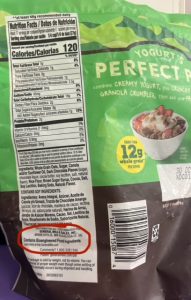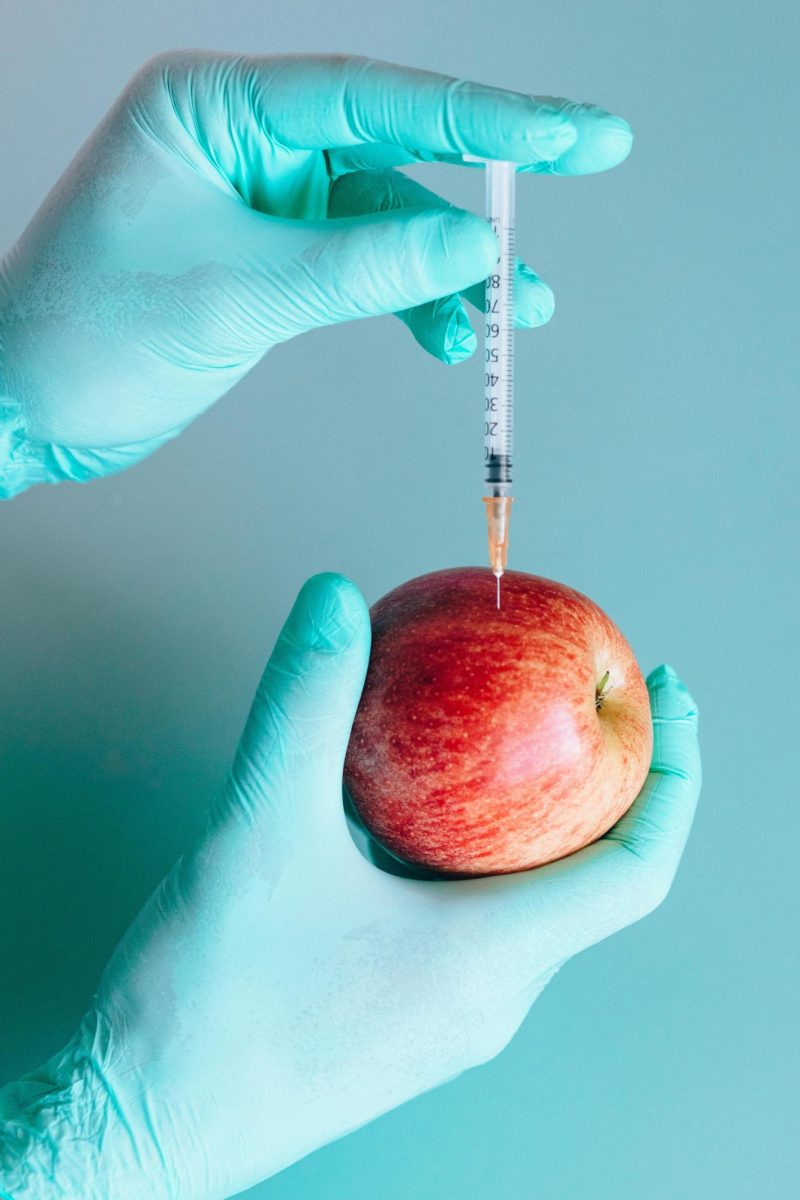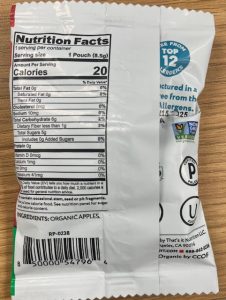I recently was speaking to a woman about her sabbatical to Europe. She shared with me that she has grown up gluten free, but decided to try out gluten products in Europe after hearing she could eat their foods without upsetting her stomach. To her surprise, she could in fact eat these gluten products without the usual consequences of American gluten foods. This interaction sparked a curiosity in me on the regulations of US foods and ingredients.

Asking the Sion Australian exchange students about these differences validated my concern for the food we as Americans are consuming daily. They were amazed by the artificial flavors, portions, red 40, and many others. “Why is there ‘cherry’ flavoring in everything here?” “What is blue raspberry?” Their questions struck me and made me think of our common diets in a deeper way. What is blue raspberry? Upon research I discovered it is a fully artificial flavor created as an infusion of multiple fruit juices, sweeteners, and food coloring.
Why are we not asking these questions? Why are we not questioning the fact that other countries eat smaller portions yet feel fuller after each meal? Maybe it’s because the answer is scary, and we run from it. Our foods are full of ‘empty’ ingredients that don’t nourish our body but rather leave us addicted to the taste. To do so, and cheaply, ingredients in most foods are artificial chemicals created in mind of the consumer nature, not our body’s needs.
Red 40 is banned in many countries, or required to show a warning label for its severe health precautions. According to the National Institute of Health, More than 40% of foods aimed toward children consumers contain red 40 and more than 2 out of 5 people in America have obesity. It is estimated that between 2001 and 2004 the mean consumption of added sugars was 22 teaspoons per day, far exceeding the recommended limit.
These are just three facts, but I hope they concern you as much as they concern Americans researching and analyzing the severity of the United States’ general diet. I urge you to look at a nutrition label today and see how many of the ingredients you have seen naturally or can even pronounce. Let’s begin questioning our foods, and why other countries fall very differently to ours.





